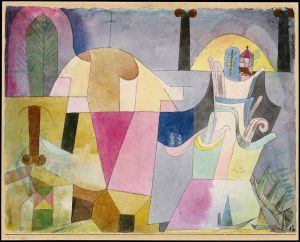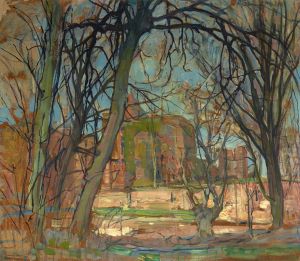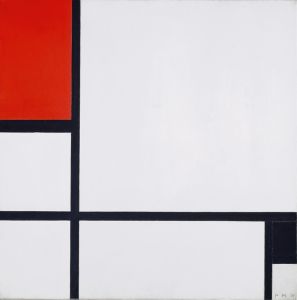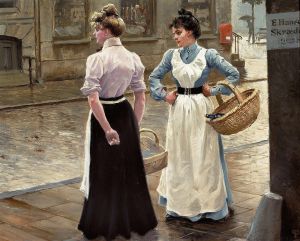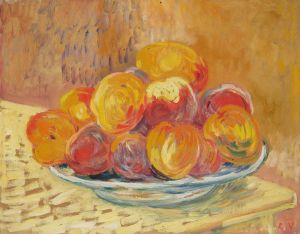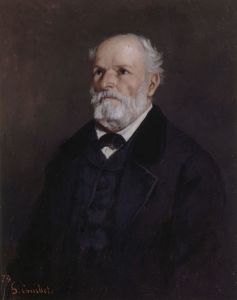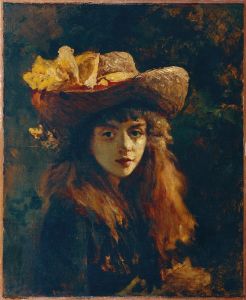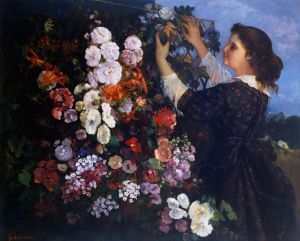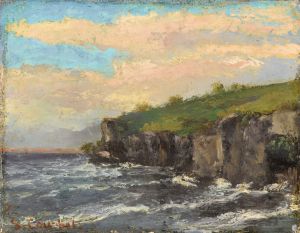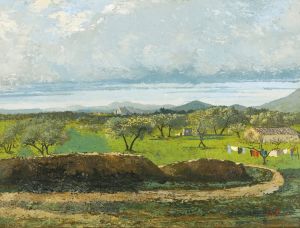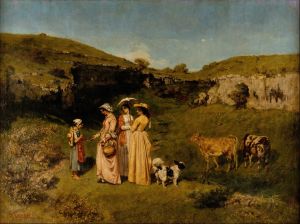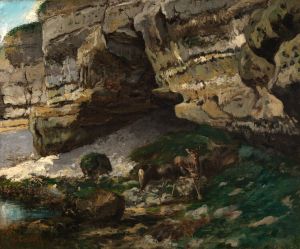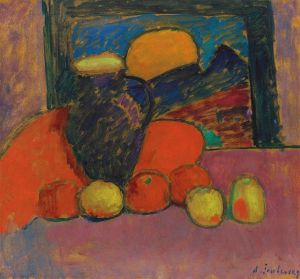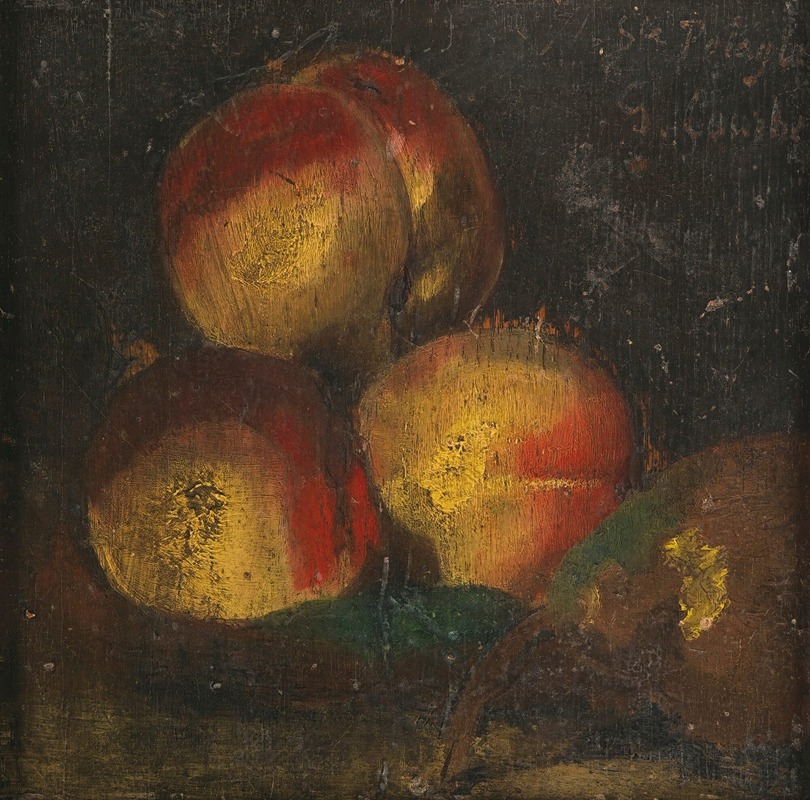
Nature Morte Aux Trois Peches Et A La Poire
A hand-painted replica of Gustave Courbet’s masterpiece Nature Morte Aux Trois Peches Et A La Poire, meticulously crafted by professional artists to capture the true essence of the original. Each piece is created with museum-quality canvas and rare mineral pigments, carefully painted by experienced artists with delicate brushstrokes and rich, layered colors to perfectly recreate the texture of the original artwork. Unlike machine-printed reproductions, this hand-painted version brings the painting to life, infused with the artist’s emotions and skill in every stroke. Whether for personal collection or home decoration, it instantly elevates the artistic atmosphere of any space.
Gustave Courbet, a prominent French painter known for his role in the Realism movement of the 19th century, created a variety of works that depicted everyday life and nature with an unidealized approach. One of his lesser-known works is "Nature Morte Aux Trois Pêches Et À La Poire" (Still Life with Three Peaches and a Pear). This painting exemplifies Courbet's skill in still life, a genre that allowed him to explore the textures and forms of natural objects with meticulous attention to detail.
Courbet was born in 1819 in Ornans, France, and became a leading figure in the Realism movement, which sought to portray subjects truthfully, without the embellishments and idealizations that characterized Romanticism. His works often focused on rural life, landscapes, and still lifes, capturing the essence of the subjects with a direct and honest approach.
"Nature Morte Aux Trois Pêches Et À La Poire" is a fine example of Courbet's still life paintings, showcasing his ability to render the textures and colors of fruit with precision. The composition is simple yet effective, featuring three peaches and a pear arranged on a neutral background. The choice of fruit and the arrangement suggest a focus on natural beauty and the subtleties of light and shadow.
Courbet's technique in this painting highlights his mastery of color and form. The peaches are depicted with a range of warm hues, from deep reds to soft yellows, capturing the ripeness and tactile quality of the fruit. The pear, with its distinct shape and texture, contrasts with the peaches, adding visual interest to the composition. The use of light and shadow in the painting creates a sense of depth and realism, drawing the viewer's attention to the natural beauty of the subjects.
Throughout his career, Courbet was known for challenging the conventions of the art world, often facing criticism for his unidealized depictions of reality. His still life paintings, including "Nature Morte Aux Trois Pêches Et À La Poire," reflect his commitment to portraying the world as it is, with all its imperfections and beauty. These works demonstrate his belief that art should be a reflection of the real world, accessible and relatable to all viewers.
Courbet's influence on the art world extended beyond his lifetime, paving the way for future movements such as Impressionism and Modernism. His dedication to realism and his innovative approach to painting continue to be celebrated and studied by art historians and enthusiasts alike.
While "Nature Morte Aux Trois Pêches Et À La Poire" may not be as widely recognized as some of Courbet's other works, it remains an important piece within his oeuvre, exemplifying his skill in still life and his commitment to realism. The painting serves as a testament to Courbet's ability to capture the beauty of everyday objects, inviting viewers to appreciate the simple yet profound aspects of the natural world.





